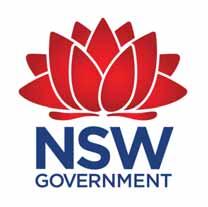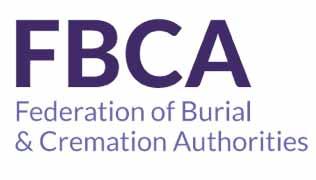
13 minute read
Deceased Management Advisory Group Interim Lessons Learned Report Feedback
Readers will no doubt recall that the Deceased Management Advisory Group (DMAG) Interim Lessons Learned Report was published in the Summer edition of Resurgam.
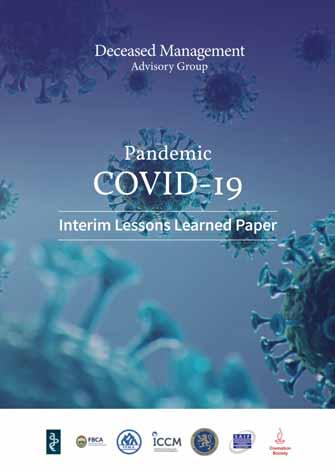
Advertisement

The results of the consultation following the initial report has been collated and was published on 26 August 2020 a copy of the full report may be obtained by emailing info@dmag2020.org.
Introduction
The pandemic has had a profound impact on the delivery of essential services across the UK, including those related to the management of the deceased. It was necessary to increase capacity as the number of excess deaths rose through the current emergency, whilst maintaining the care and dignity required of the sector.
The support of the UK government and devolved administrations has been essential, providing not only a regulatory framework to streamline funeral administration but also practical measures, such as PPE supplies through the LRF network. DMAG welcomes the initiatives taken by government and praises their willingness to work with the sector.
We are aware that there remain concerns both about a ‘second wave’ and localised ‘hot spots’ of the virus developing. With these concerns in mind DMAG has carried out an interim review of the response by the death management sector to the pandemic. The purpose of this review was not to arrive at a definitive position on the success or otherwise of the measures implemented, as clearly that will be for any inquiry which takes place later. It was to learn lessons from our collective experience and apply them so the sector will be better placed to react to any increase in deaths during the short to medium term.
On that basis a report was produced and circulated across the sector, including all those taking part in the regular Cabinet Office consultations. We should like to thank all those who contributed, including individuals, companies, and government representatives. The initial report has been updated and is attached with revised outcomes which the seven sector trade organisations believe are essential to improving any future response to a renewed increase in death.
1.A recognition by central government and the devolved administrations that the Deceased Management sector successfully achieved all three of its objectives during the pandemic:
• Mortuary capacity was not overwhelmed • an increased number of dignified funeral services were delivered • an increased number of dignified cremations and burials were delivered.
These were achieved largely through extending existing services, based on extensive experience managing seasonal excess deaths and previous flu outbreaks.
2.The Deceased Management sector has unparalleled experience of coping with excess deaths. Central government and the devolved administrations use this resource in a proactive manner to advise, shape and develop policy and guidance. The sector should be provided with the opportunity to comment on draft policy and/or guidance, to ensure it accurately reflects the desiresof government for the sector, that it is deliverable, and is sensitive to meeting the needs of the bereaved.
3.Building on the close working relationship central government and the devolved administrations have developed with DMAG, strengthen their single coordinating point of contact for all Deceased
Management legislation, policy and guidance being produced across government.
4.Large scale emergencies invariably result in the involvement of a range of support organisations, each bringing their own skills and expertise to the situation. Whilst the support is welcomed, the Deceased
Management sector had a clear understanding of the need and means for increasing capacity for disposing of the dead, and many of those adopting positions of the authority had not, resulting in confused messaging, creation of unwanted capacity, seeking and deploying Pandemic Multiagency
Response Teams (PMART). A greater recognition of the expertise within the sector locally and improved coordination of LRFs in England and Wales by the lead government department, will ensure a more effective, proportionate, and consistent response to the demand for disposal.
5.Building on the close working relationship central government and the devolved administrations have developed with DMAG, recognise this grouping of sector representative bodies as a first point of contact.
6.In view of the success of the electronic/telephone registration and transmission of Disposal Certificates electronically, the General Register Office makes the current changes to the death registration process permanent.
7.In view of the success of video conferencing across the Deceased Management sector, funeral arranging, streaming services and meetings, its continuing and extended use is encouraged.
8.A UK-wide central cremation service availability portal is developed and its adoption encouraged.


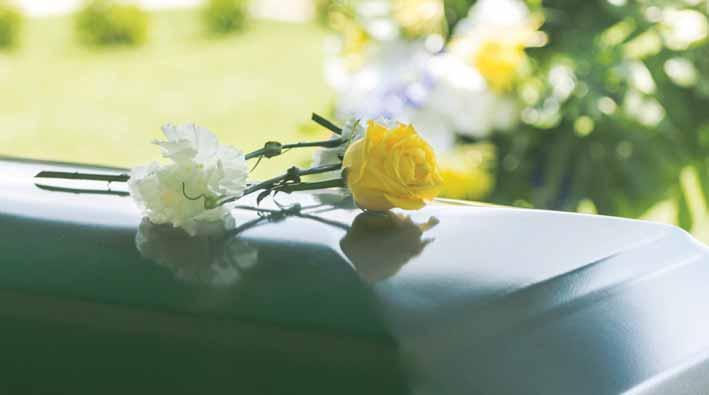
Introduction
DMAG published an Interim Lessons Learned Paper highlighting what they considered to be the most important lessons which could be drawn from the initial experience, ready for any subsequent wave.
Having published the Paper, it was shared with all the participants of the Cabinet Office meetings and they were asked to comment on its content. This paper sets out the results of that consultation.
It contains three sections: firstly, a summary of the key points raised; secondly, the key points as drawn from the submissions; and thirdly, copies of the submissions.
Summary
•The content of the Lessons Learned Paper is broadly recognised and welcomed.
•It was best to increase crematoria capacity incrementally; extending existing systems rather than trying to invent new ones.
•The sector will continue to be represented by the trade organisations, whose members represent the majority of funeral directors, cemeteries and crematoria, including the large groups.
•In addition, the large groups, funeral directing and crematoria, will seek to access government. Government is unlikely to create a single department for death management. However, there should be a single point within government through which all proposals should pass to ensure consistency. The involvement of the sector at that stage will help ensure any proposals are fit for purpose.
•The streamlining of forms is welcomed and played a significant part in enabling the sector to cope with the excess deaths in a timely manner.
•Inconsistency has caused problems, from differing cemetery requirements, forms, to the engagement and effectiveness of the LRFs.
•The response of the sector has been hindered by the continued lack of access to government modelling. If it is not to be forthcoming, the sector should be told.
Key Points
The following are quotations from the submissions made in response to the Lessons Learned Paper:
•Government unlikely to create a single department to lead on death management.
•Big groups will maintain close links with government and
DMAG should have closer links with big chains.
•The crematorium capacity portal is inevitable and desirable; it should be created to meet needs of CMA. In the short term hotspots should be managed by exception.
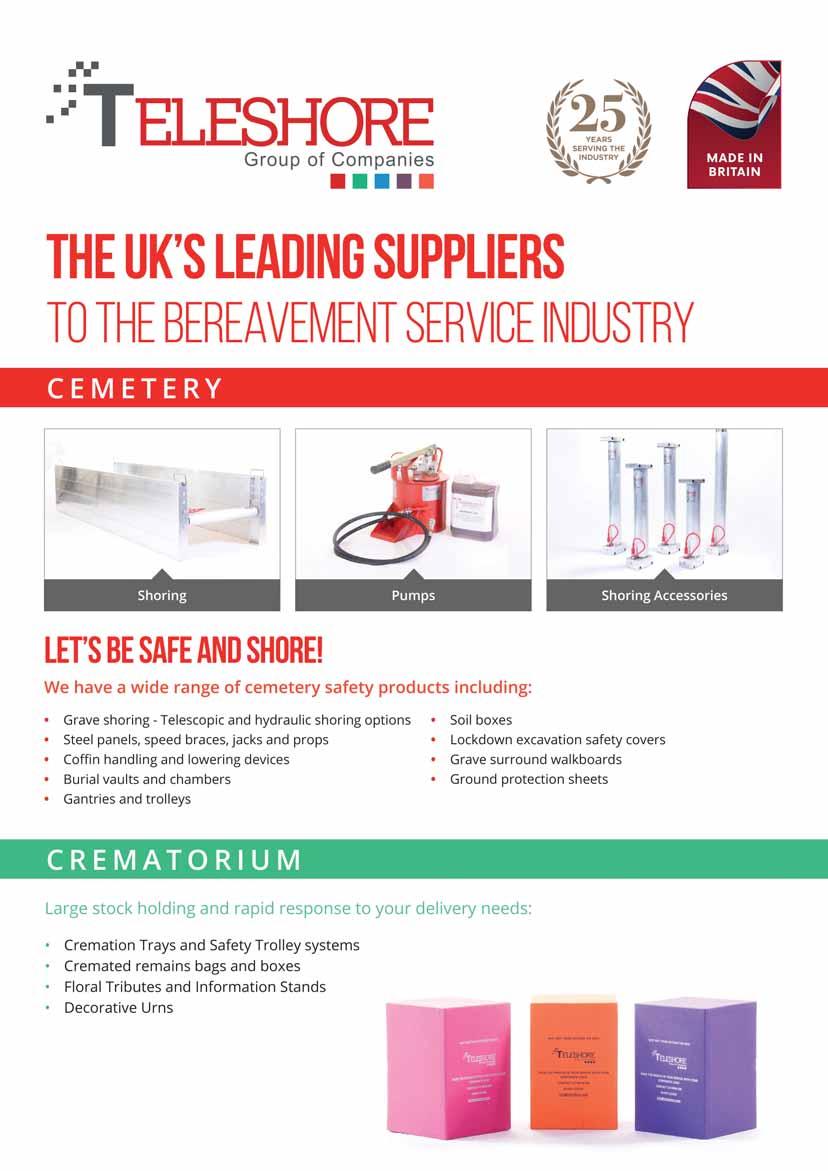
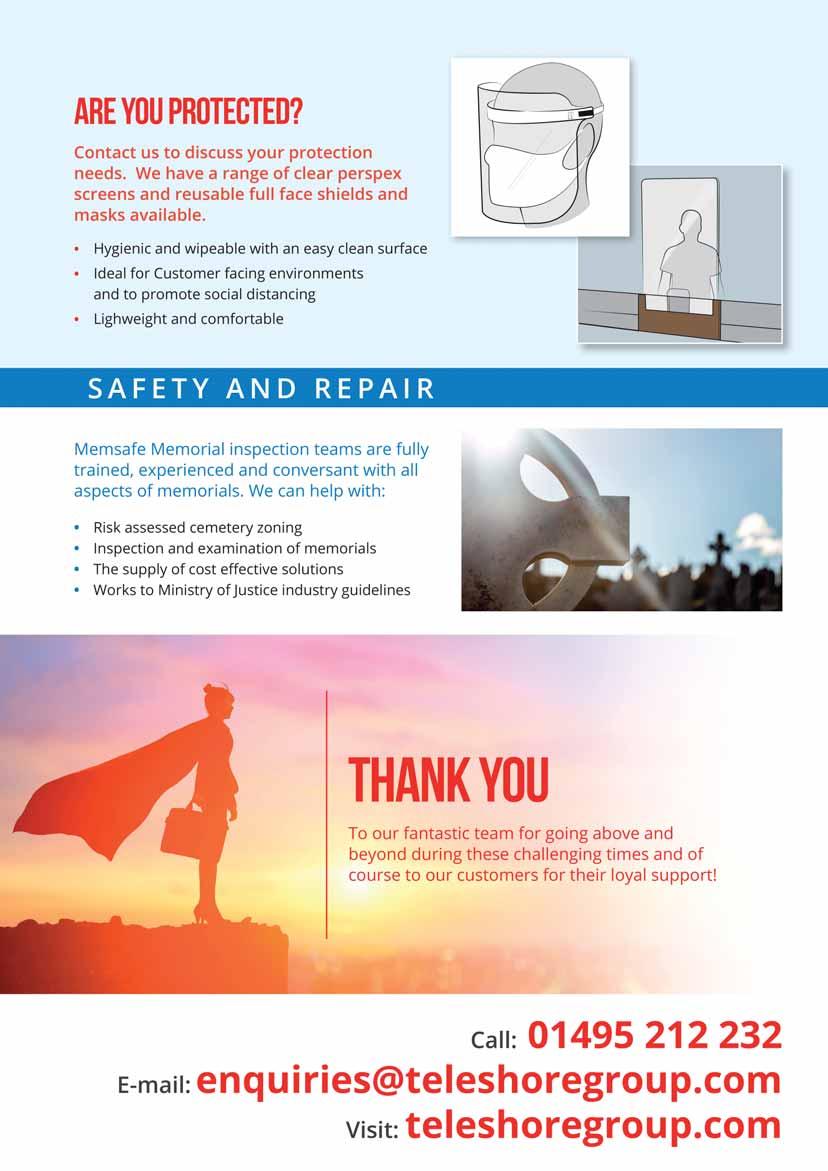
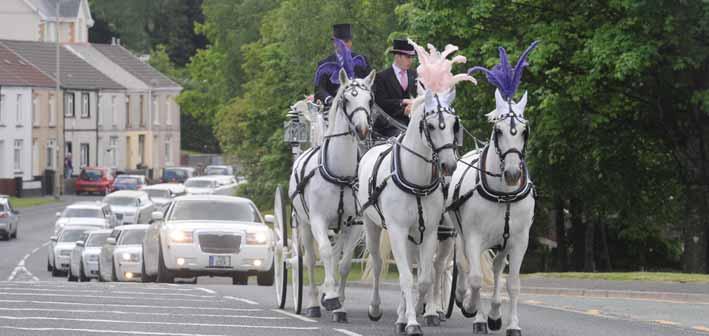
•I have read ‘Lessons Learned’ with interest and agree with the vast majority of its contents.
•Overall, the certification and disposal system has coped well over the last couple of months and on the whole, I would totally agree with all the Group’s findings.
•In particular, the registration and cremation certification changes have proved to be beneficial, although issues have arisen with PMART cremation certificates.
•The issue of burial is hardly mentioned in the findings. With restrictions on the number of burials that can be accommodated by a cemetery (sometimes only two a day), significant delays have occurred between death and the date of burial. This leads to issues over mortuary/storage capacity for funeral directors.
•Restrictions imposed by cemeteries are not consistent and often questionable.
•It is the huge diversity of approach that is bewildering to funeral directors. Ultimately, it is the funeral directors who have to explain and justify these changes to the bereaved, not the cemetery staff.
•We believe the variable quality of the LRFs has been a huge issue and as a national organisation have been well placed to see the huge differences in engagement and effectiveness. The basic model of LRFs is sound but the implementation is patchy.
This needs to be resolved for the future.
•Although some crematoria have struggled with capacity (‘hot spots’ as you have termed them) these have been helpfully addressed by extended service times.
•From the perspective of the funeral director it is vital to know what policies and changes crematoria have introduced in respect of service times, numbers attending, flowers on coffins, committal and music, etc. The idea of a portal for restrictions etc is excellent, but the key is keeping it up-to-date. •The issue of length of time to make funeral arrangements.
Circumstances have arisen where no funeral instructions have been made by the NOK (Next of Kin), but the deceased remains in the coroner’s mortuary or with the funeral director.

•From all the issues we have had to contend with in recent months, the most fraught concerns the situation where arrangements are agreed with a cemetery/crematorium then changed due to restrictions being introduced. Little or no notice is given and it resulted in scenes of greater anger and frustration from clients.
•The content (Lessons Learned Interim Report) chimes with other feedback I have received, especially regarding the use of electronic forms and remote registration.
•Better if Government had been frank from the start that they were unlikely ever to be able to share their modelling, leaving the NAFD (or whoever) to source their own insight.
•Worked pan industry to develop a set of protocols to protect both the care homes from what we as funeral workers may take in as well as funeral workers themselves. However, this could and should havebeen in place much earlier.
•We aren’t convinced by the call for ‘the creation of a single government department to take the lead on death management’.
•The MoJ have that responsibility already but they need greater influence equal to that of some of the other Government
Departments
•We believe there is work to be done for Government to have ongoing insight into the funeral sector workforce – its size, age, skills and location. The country owes a lot to the efforts of the funeral sector workforce, which has not been sufficiently recognised, in the way they have stepped up and the support they have provided to the bereaved, nor the human impact on these workers who have had to take on a greater burden on behalf of the family.
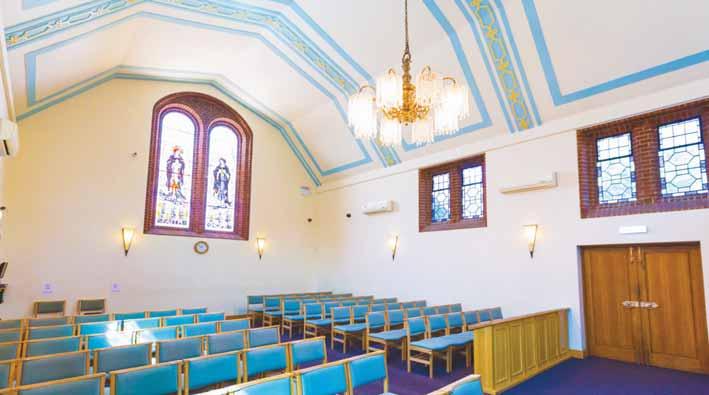
•The LRFs lack of coordination and direction was exacerbated by the fact that they were prepping for the worst-case scenario.
As such they were standing up large potential mortuary sites and deploying the PMART process very quickly and without consultation with the industry.
•In the early stages of the pandemic the issue of PPE – its correct usage and availability – took up too much bandwidth for many organisations, diverting man hours which could have been utilised elsewhere.
•DMAG should not be recognised by Government as the only consultative body for the sector going forward, if this precludes direct engagement with the largest providers in the sector.
•For second or subsequent waves of COVID 19 – we need early warning indicators as infection rates and deaths increase to enable rapid planning and action, ensuring we have the right resource and capacity in the right geographical areas. Scenario modelling should be shared on a confidential basis with the sector to ensure risks can be flagged and mitigation strategies rapidly developed. We would further urge that funeral sector workers are considered as ‘first responders’ and given this status, as it will be important when a vaccination is finally ready and available.
•This is a really useful document – thanks so much for sharing it with us! I’ll circulate it to our whole team.
•We made contact with the LRFs in which we operate towards the end of March, but beyond the acknowledgement of our communication, no contact has been received.
•We operate nine burial grounds: 3 in England, 3 in Wales and 3 in Scotland. The differing guidance and rules have been unhelpful and confusing to stakeholders and families. •Paper forms and cheques delivered to an unmanned office from COVID homes and funeral professionals also add to the risk of transmission of the virus. Online forms and BACS payments are the future.

•Registrars’ Green Forms - These statutory forms really should be online.
•A really good and thoughtful document.
•I wholeheartedly support conclusion No 7, but our experience in trying to encourage families and funeral directors to use the crematoria, which still had capacity, highlighted the difficulties in trying to implement it. For a number of reasons – local facility, previous funerals, reputational preference, etc, whilst people can still choose they will do just that, even if it means waiting.
•I was particularly interested to read that it was best to increase crematoria capacity incrementally; the point I make below about extending existing systems rather than trying to invent new ones.
•The creation of PMART: I believe these were intended to smooth the medical certification process, but in our experience did the complete opposite. Quite apart from the admin time this took to sort the problems out, it was also the sole reason for the only two cremations we had to postpone. I won’t go over all the issues PMART created, but a key one, which the report also mentions elsewhere, is that it is an example of
‘the wide number of government departments issuing communications and advice relating to the death management sector which was confusing.’ In PMART’s case it issued guidance which was contrary to the guidance issued by the
MOJ to medical referees!
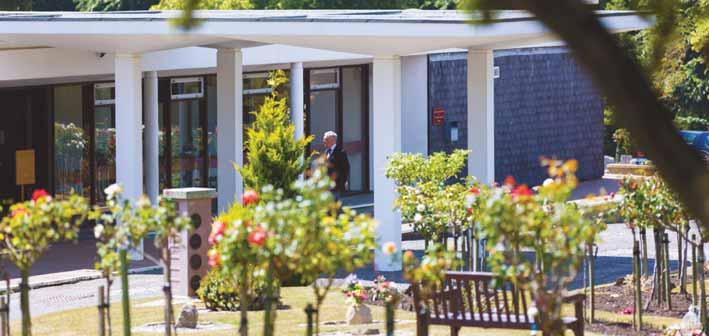
What worked well?
•The crematoria and funeral directors successfully coped with the level of demand by extending existing systems rather than trying to invent new ones.
•Staff commitment/goodwill, continuing to come into work despite the known presence of Covid-19 in the early stages (when most Council staff were being told to stay at home), rallying around and working extra hours.
•Corporate support through seconded admin and chapel attendance staff.
•Cremators performed as predicted in the emergency plan.
What were the challenges?
•Level of demand on the administration and the relentless funerals and cremations for the operational staff.
Fortunately, this did not go on for too many weeks.
•Level of demand for webcasts and problems with some of the webcasts themselves for reasons beyond our control, including supplier and internet issues, but causing complaints.
•Neighbouring Crematorium deciding not to facilitate funerals. This was the main cause of the extreme level of demand. •Difficulties experienced in home working for more than a limited number of admin staff because the cremation application and administration process is still largely paper based. This is a national issue and was raised at the APSE seminar last week.

Lessons learned on ways of working
•Chasing funeral directors for application forms sooner.
•Webcasts provided free, minimising the administration process and taking the sting out of complaints.
•How might these lessons influence any future response, should it be necessary?
•Emergency volunteers are not a new idea but in recent years their refresher training has fallen by the wayside and new recruits have not been sought when existing volunteers have left. In future refresher training should be offered and volunteer staff released to attend it on a more regular ‘official’ basis.
•Streamlining/computerisation of an online cremation application process.
The responses in full are reproduced in the full version of the report.




